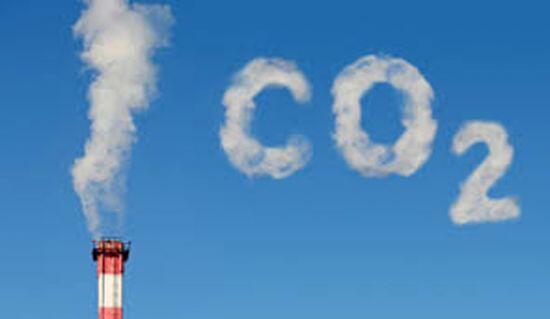Anwar Akl Daou | If we follow the path of the talks prior to the Climate Conference in Paris (November 30 – December 11, 2015), we find the amount of the problematics, which preclude the possibility of reaching a minimum agreement that is supposed to come into force at the beginning of 2020, with time lost in a transitional period which remains wide open to all the possibilities, which are associated with the countries’ economic interests, which means that the global emission of greenhouse gases will take a dramatic turn, even if a framework binding agreement was reached. In addition, the conference mainly, and in its stated goals has not reached the level of the most important risks. The climate conference in Lima (2014) to reduce global warming, which will be adopted as a basic document in the expected negotiations at the Paris Conference, which aims to reduce the greenhouse gas emissions between 40 and 70 percent, from now until 2050, is not enough, and was considered a shy step on the Road to the Paris Conference, with what we are witnessing from extreme climatic incidents, from unheard of hurricanes to droughts that threaten millions of people, along with floods and the erosion of entire villages, and other disasters that have imposed a new kind of immigration under the label of “Environmental Migration”, which exacerbates the humanitarian crises in all corners of the earth, even the developed countries are not immune to the consequences of climate change, and the evidence is what the state of California in the United States of America has witnessed, as it is facing a wave of drought since four years ago, due to the acute shortage of water resources, knowing that in the thirties of the last century, it was the preferred place to immigrate due to the abundance of its water and fertile land in that period of time. In this sense, the upcoming Paris Conference seems unable to face the “environmental migration” caused by climate change, and the most dangerous of it is the increase in the level of oceans and seas, which is caused by the melting of the polar ice, due to high temperatures, droughts and acceleration. Environmental degradation leads to a reduction in food production and a decline in living conditions, and the demographic French Scientist Alfred Sauvy summarizes the problem of immigration in general as follows: “Either the wealth where there are human beings leaves, or the humans where there is wealth leave,” meaning that “environmental immigration ” also represents a challenge for humans in their quest to secure a minimum level of economic stability to escape the disasters linked to climate factors. It is true that human beings have witnessed since hundreds of thousands of years countless migrations, but they were caused by natural factors (volcanoes and earthquakes),even the families of the tribes used to live in a permanent migration process, in search of water and pastures, before they were organized in urban and suburban communities. But it is the first time in history that we are witnessing environmental migration as a result of human-induced acts which deplete earth’s resources; even the “International Organization for Migration,” openly admitted that climate change may be the cause of migration, in addition, the OIC Member States agreed in 2007 on the definition of the term “environmental migrants “, and previously, the United Nations Environment” program has defined the “Environmental Migrants” 1985, as persons who have been forced to leave their traditional residence temporarily or permanently, because of an obvious disturbance to the environment (natural or human-induced), and has put their presence and their lives at risk.” In the year 2013, the issue of Ioane Teitota of Kiribati island was raised among the world public opinion, being the first to apply for “environmental migration” for himself and his family to New Zealand, on the background of suffering from the consequences of climate change, especially since his family lost all possibilities to build a future in their homeland as a result of the sea level rise. However, this phenomenon is widening, and affecting several countries, and the environmental and climate experts have confirmed that the major cities along the coast of the seas and oceans will sink under water due to polar ice melting, as a result of the rising temperatures in the world, with the continuation of the current level of greenhouse gases emissions. The environmental experts said that these cities include: Shanghai, Venice, Amsterdam, Hamburg, St. Petersburg, Los Angeles, San Francisco, New York, London and others, as well as some of the islands such as the Maldives, while they placed the “Island States” which count up to over 50, on the list of the islands that are threatened with sinking, and the most important of them are: Antigua and Barbuda, Bahamas, Bahrain, Nauru, Palau, the Maldives, Cuba, Marshall Islands, Suriname, East Timor, Fiji, Tonga and Vanuatu. Amid this grim issue, the world leaders overlook the threats, and are the prisoners of discussions that will not lead to what is aimed for, which is the reduction of global warming, and in drawing a caricature and approaching the pain in cynical manner, what is required is a swift action so that that conferees in Paris do not become…Climate Migrants, but if an environmental disaster happens during the conference, it will prevent them from returning to their countries!











